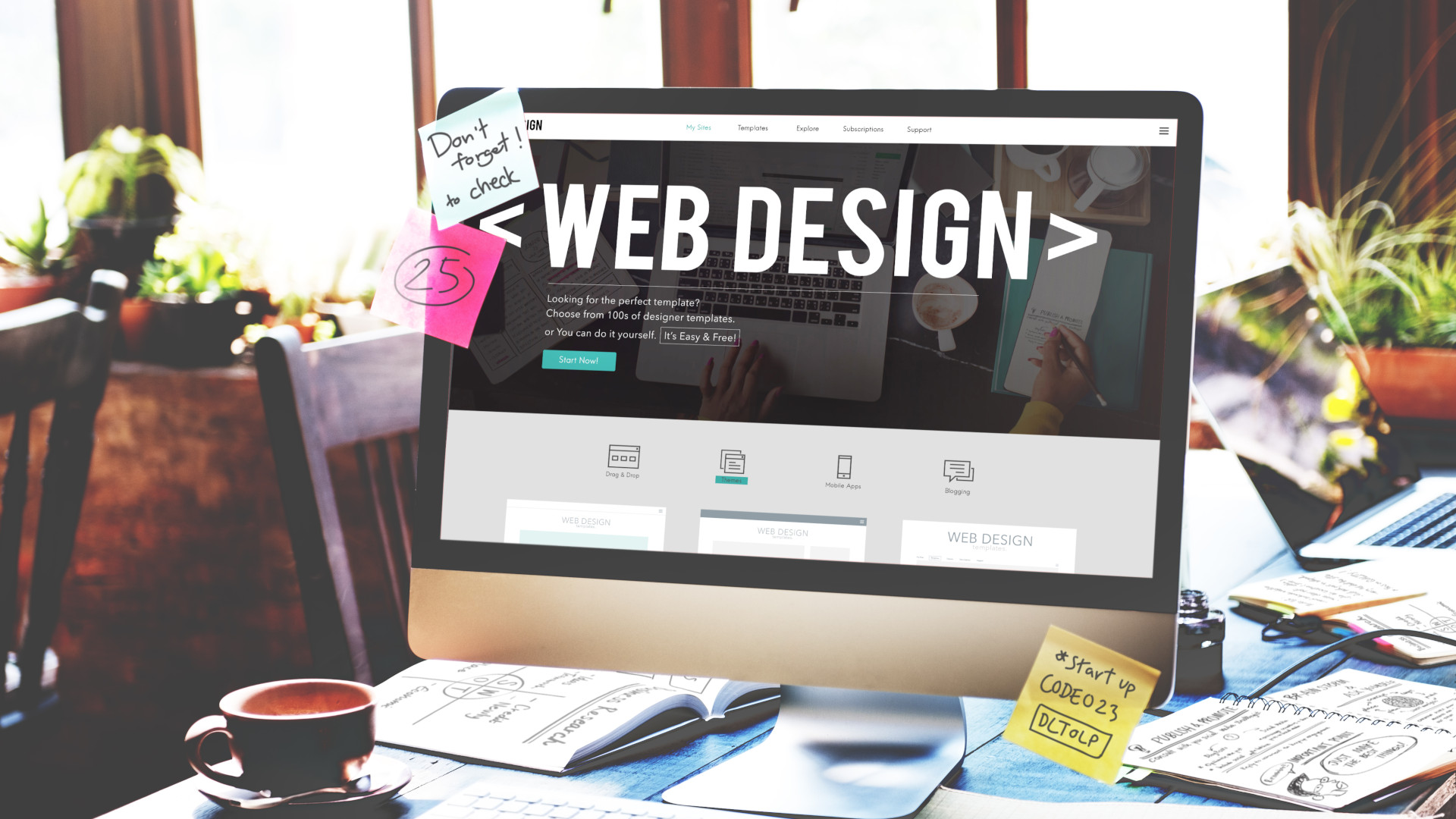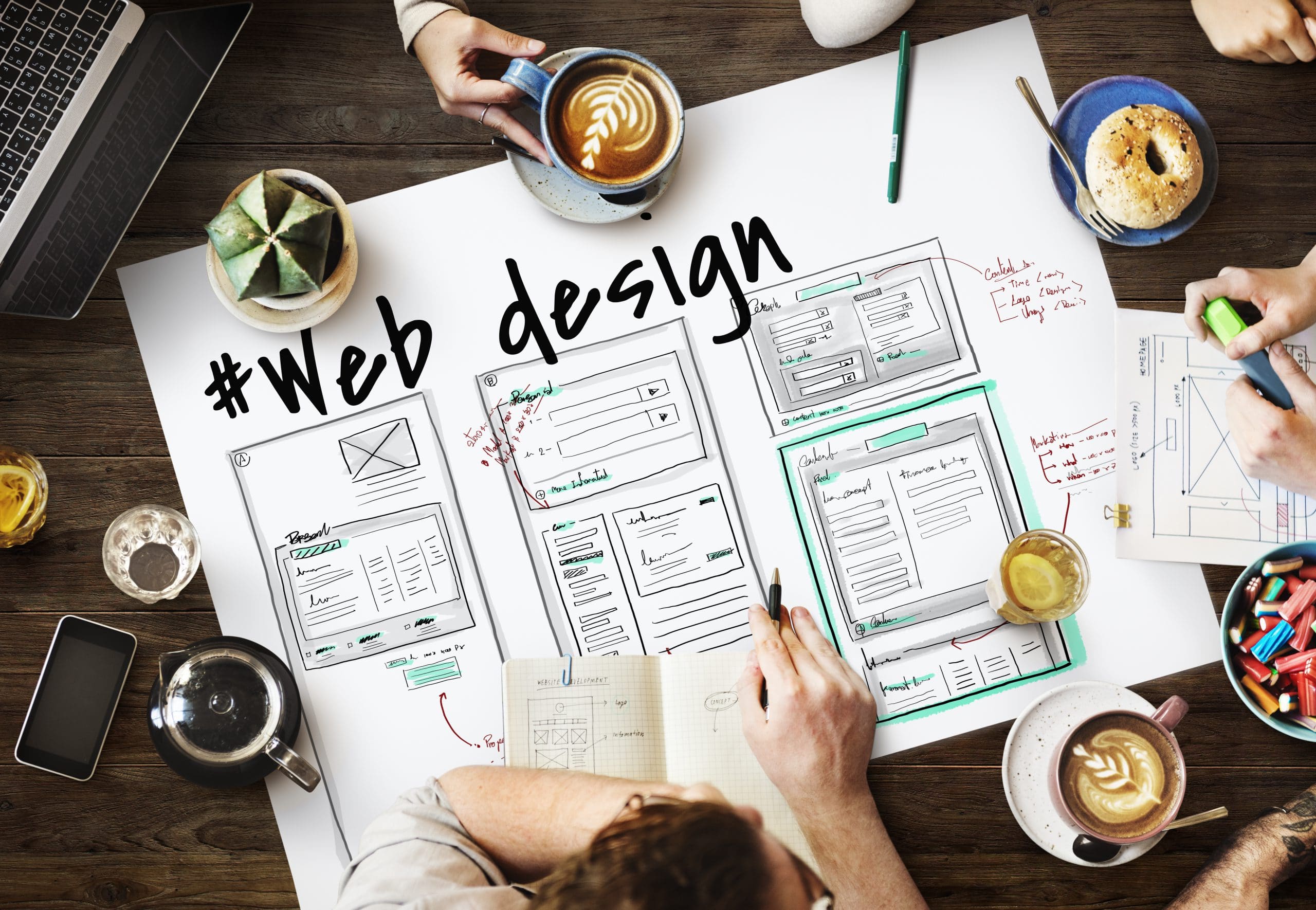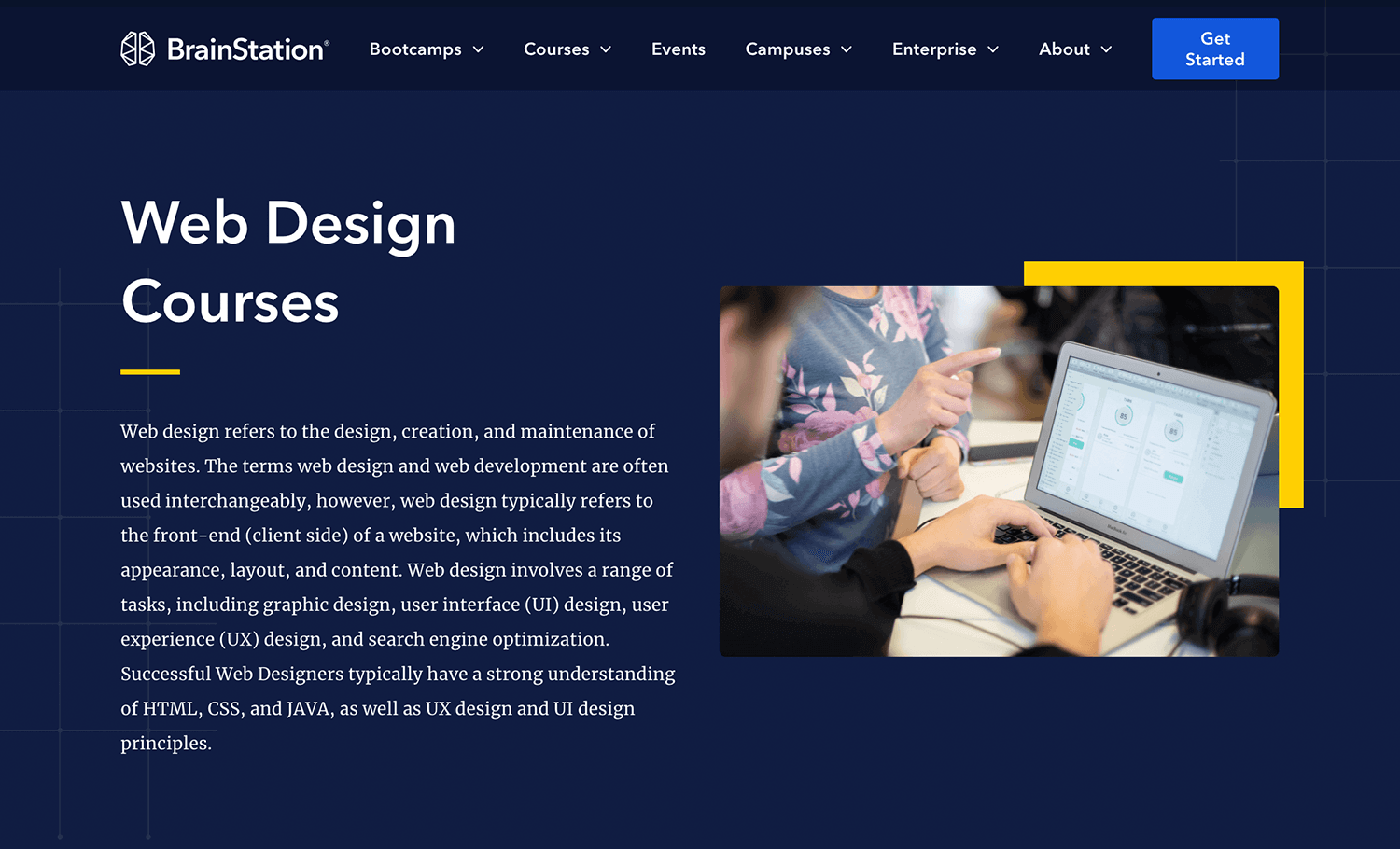Creative Aligned Position Web Design: Cutting-Edge Solutions for Your Website’s Success
The Most Effective Sorts Of Web Style to Boost User Experience and Interaction
In the ever-evolving landscape of digital interaction, the effectiveness of Web style dramatically impacts user experience and engagement. Various design strategies, such as minimalist, responsive, and interactive layouts, each deal one-of-a-kind benefits that can provide to varied customer demands.
Minimal Web Style
As digital landscapes become increasingly cluttered, minimal website design has emerged as a powerful approach to enhancing customer experience. This layout approach focuses on simplicity, concentrating on important elements while removing unnecessary distractions. By utilizing enough white room, simple navigation, and a minimal shade combination, minimalist layout promotes clearness and guides individual attention to vital web content.
The core principle of minimal Web layout is to produce a seamless communication for individuals. By reducing cognitive load, individuals can quickly grasp info without feeling bewildered. This direct strategy not just enhances functionality but additionally motivates engagement, as site visitors are more most likely to explore a website that is easy and aesthetically appealing to navigate.
In addition, minimal design frequently stresses typography and imagery, making use of these elements tactically to communicate messages effectively. This concentrate on essential elements can boost brand identification and create a remarkable user experience. Basically, minimal Web style is not just a pattern; it is a thoughtful technique that recognizes the value of user-centered layout. By removing nonessential aspects, developers can create a much more appealing, efficient, and pleasurable Web experience for all customers.
Receptive Web Design
In today's diverse electronic environment, receptive Web design has become essential for producing a seamless user experience across a multitude of gadgets. As users access sites on mobile phones, laptops, tablet computers, and desktop computers, the ability of a site to adapt its design and web content to various screen sizes and resolutions is essential.
Responsive Web layout uses versatile grids, pictures, and CSS media queries to guarantee that Web material exists optimally, regardless of the tool utilized. This method not just improves the visual allure of an internet site however also substantially enhances usability. Customers are most likely to engage with a site that offers a regular experience, as it gets rid of the disappointment of having to focus or scroll excessively.
In addition, search engines, consisting of Google, prioritize mobile-friendly websites in search positions. By adopting responsive layout, companies can improve their exposure and reach a wider target market. This technique also streamlines website upkeep, as a solitary variation of the site can accommodate all gadgets, reducing the requirement for numerous versions. In summary, receptive website design is a basic method that boosts customer experience, engagement, and general satisfaction.
Interactive Web Layout
Responsive website design lays the foundation for enhancing individual experience, but interactive Web layout takes this an action further by engaging individuals in a much more dynamic method - Aligned Position Web Design. By integrating components such as computer animations, clickable prototypes, and real-time comments, interactive website design mesmerizes customers, attracting them right into a richer surfing experience
This approach not only promotes involvement yet additionally urges customers to check out content actively as opposed to passively consuming it. Methods such as gamification, where individuals gain incentives for finishing jobs, can significantly enhance the time spent on a site and enhance read this overall complete satisfaction. Interactive features can simplify intricate details, making it extra absorbable and satisfying.

Incorporating interactive layout elements can likewise bring about higher conversion rates, as users are more probable to engage with a website that actively includes them. Aligned Position Web Design. Inevitably, interactive website design transforms user experiences into unforgettable trips, making sure that site visitors return time after time
Flat Design
Defined by its minimalistic method, level design emphasizes simplicity and functionality, stripping away unnecessary elements and concentrating on important functions. This design viewpoint prioritizes usability, ensuring that customers can browse user interfaces with convenience and performance. By using a tidy visual, flat style gets rid of the clutter typically discovered in a lot more elaborate designs, therefore boosting individual focus on content and functionality.
The characteristic of level style lies in its use of bold shades, basic typography, and geometric shapes. These elements add to an aesthetically attractive interface that is both modern and friendly. Furthermore, flat design cultivates a sense of clarity, permitting individuals to recognize important activities and info without diversion.
In addition, find out here now level design is specifically efficient in receptive Web style, as its simpleness equates well across numerous devices and screen sizes. The lack of complex structures and slopes decreases loading times, which is important for keeping customer interaction. As electronic landscapes continue to develop, level layout remains an appropriate option for developing easy to use web sites that boost overall experience. By focusing on crucial functions, flat design not just fulfills user needs but additionally motivates seamless interaction, making it a vital component of efficient Web layout strategies.
Adaptive Web Layout
Adaptive website design customizes the user experience by producing numerous dealt with designs tailored to different display dimensions and gadgets. Unlike responsive style, which fluidly changes a solitary layout, flexible design utilizes distinct formats for certain breakpoints, ensuring optimum presentation on numerous systems. This technique enables developers to concentrate on the one-of-a-kind attributes of each device, boosting usability by supplying exactly what individuals require based on their context.
Among the primary benefits of adaptive website design is its capability to maximize load times and performance. By serving tailored content and images that fit the customer's device, internet sites can minimize information usage and improve loading rates. This is specifically valuable for customers with slower links or limited information strategies.

In addition, adaptive style helps with an extra regular and controlled branding experience. Considering that developers create several formats, they can make certain that the aesthetic elements line up with the brand name's identification throughout various platforms - Aligned Position Web Design. This leads to a natural customer experience, boosting engagement and promoting individual retention
Conclusion
Minimal layout promotes clearness and focus, while receptive style makes sure flexibility across various devices, advertising availability. Collectively, these design comes close to contribute to the development of user-friendly environments that not just enhance complete satisfaction yet additionally drive higher conversion rates, underscoring their essential value in contemporary Web style techniques.

Minimal layout fosters clarity and focus, while receptive layout guarantees adaptability across various devices, promoting accessibility. Collectively, these design approaches contribute to the creation of user-friendly settings that not just boost complete satisfaction however likewise drive higher conversion rates, underscoring their crucial significance in contemporary Web style techniques.